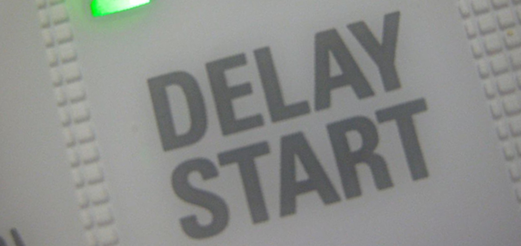Happy By Design
Monday, April 12th, 2010 Research into what makes us happy and why has exploded over the last 10 year. Books, conferences and even dedicated journals on happiness have been cranked out in ever increasing numbers. It can be a little confusing. What do we really know about happiness? I have been careful on this blog to discuss only those results that have clear implications for design and are rooted in evidence. After all, happiness is a major challenge for the cognitive designer.
Research into what makes us happy and why has exploded over the last 10 year. Books, conferences and even dedicated journals on happiness have been cranked out in ever increasing numbers. It can be a little confusing. What do we really know about happiness? I have been careful on this blog to discuss only those results that have clear implications for design and are rooted in evidence. After all, happiness is a major challenge for the cognitive designer.
PsychCentral recently reported on 5 Reliable Finding From Happiness Research. Although we have touch on them in other posts, it is an excellent summary highlighting:
1. Experience not things makes us happy
2. Relationships are the key to happiness
3. Once you reach a certain income level more money does not mean more happiness
4. Windfalls such as winning a lottery do NOT create lasting happiness
5. Half the factors that determine happiness are under your control.
Points 1 and 5 justify taking a cognitive design approach to happiness. Points 2, 3 and 4 give general but important guidance to creating specific designs for happiness.









